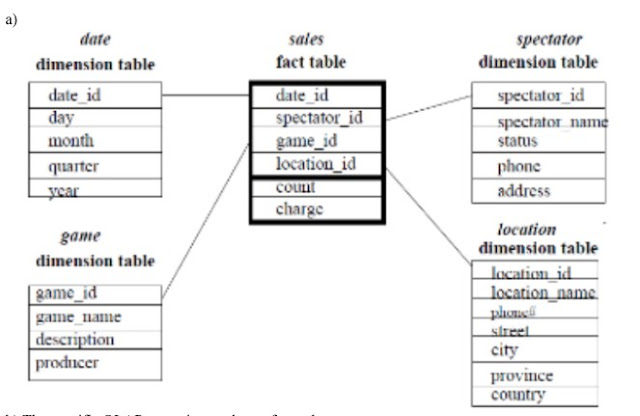Define non-programmed decision. Give examples of non-programed decisions.
Programmed decisions: A decision which is fairly structured or recurred with some frequency is called programmed decisions. Such decisions deal with repetitive and routine problems. If a particular situation occurs, managers will often, develop a routine procedure for handling it. Decision makers know in advance what decisions he/she has to take in particular set of situations. Generally middle level and operating level managers deal with such decision and have short-term impact. There is great deal of certainty in programmed decisions.
Programmed decisions are those that are made using standard operating procedures or other well-defined methods. Hence, they are structured.
The following are the features of programmed decisions.
- Decisions are made using standard operating procedures.
- Deals with frequently occurring situations
- Used to handle similar and frequent situations
- They are normally taken by the lower and middle level management.
Non-Programmed decisions: These decisions are relatively unstructured and occur less frequently. Such decisions are required for unique problems and take more time, energy and resources into exploring the situation from all perspective. Intuition, experience, creativity and judgment are major factors in non-programmed decisions. Most of the decisions made by top level management involving organizational missions, goals, strategies, structure and exceptional issues require in this type of decision.
Non-programmed decisions are unstructured and do not occur very often. They are based on judgment, intuition, and creativity. The decisions regarding new facilities, new products, labor contracts, and legal issues decisions. are non-programmed
The following are the features of non-programmed decisions.
- They are made in unique and unstructured situations.
- They do not take very often.



Comments
Post a Comment